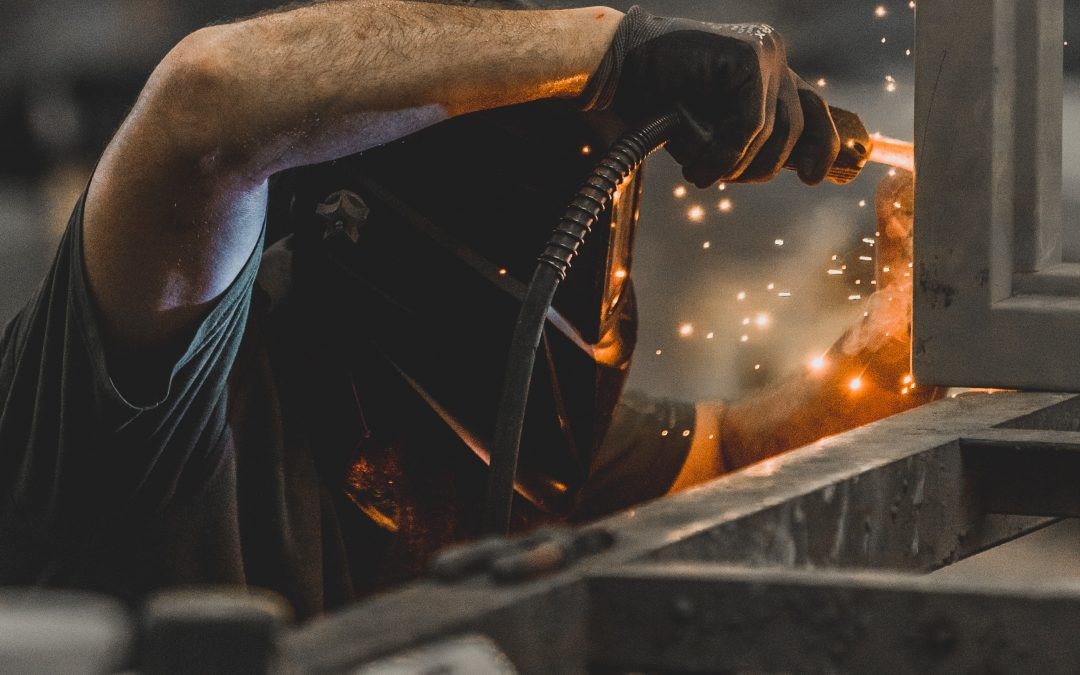Ray Goforth said, “..there are two types of people who will tell you that you cannot make a difference in this world: those who are afraid to try and those who are afraid you will succeed…”
Public Image is critical and often an overlooked aspect of Rotary. It is as essential as any other division. Why? Without successful Public Image, we won’t be able to grow Rotary, and we wouldn’t be able to help our global communities.
How does Public Image play such a critical role in all aspects of Rotary? We create the visual appeal for Rotary. Each club in our amazing District has amazing projects, and each community should know who is involved. We are People of Action, and now we need to capture what we do in photographs that can be shared. (Especially with the District Public Image team, we have some surprises coming up, stay tuned!)
The trick is, in photography, we need portraying real beauty, and happiness, as well as showing the struggles of real life. Rotary is more than meetings, we help, we rescue, and we save. These details need to be captured with images to document how we help visually. Not just standing posing for the camera, but photographs that show Rotarians in the middle of working.
The problem is the way we portray these messages. Forty-five percent of the global population, which is roughly 3.8 billion, uses social media. Simply put, social media plays a substantial part in people’s lives. Forty-eight and two-tenths percent are Baby Boomers, 77.5% are Gen X, and 90.4% of millennials social media users.
It is clear who our possible new Rotarian audience is, and now, we need to capture their attention. But the key to remember, just because you see it online, doesn’t mean that it is real, factual, or even accurate.
A recent survey, 75% of the respondents admitted that they lied on social media and additionally: 42.65% seek attention, 41.40% are mundane status updates, 40.15% include constant selfies, 28.55% are cryptic digs at people, 27.80% pictures of food, 26.70% over-sharing/over-posting, 14.5% statuses urging to give to charity, and 8.75% are photos of pets.
Social media is an essential tool, but a slippery slope, we don’t want to fall into the 14.5% urging people support charities. We need to balance what we do. Again, Public Image is critical. What you post is very important, but no matter what, ask yourself, does this content pass the Four-Way Test? Will your contribution help Rotary? Will it resolve an issue, will it just embroil a topic, or will it just make you feel better?
Public Image is about successfully documenting what Rotarians do to help. Without proper Public Image, Rotarians cannot authentically convey our passion for serving.
SUCCESS IS NOT FINAL; FAILURE IS NOT FATAL: IT IS THE COURAGE TO CONTINUE THAT COUNTS
– WINSTON S. CHURCHILL

